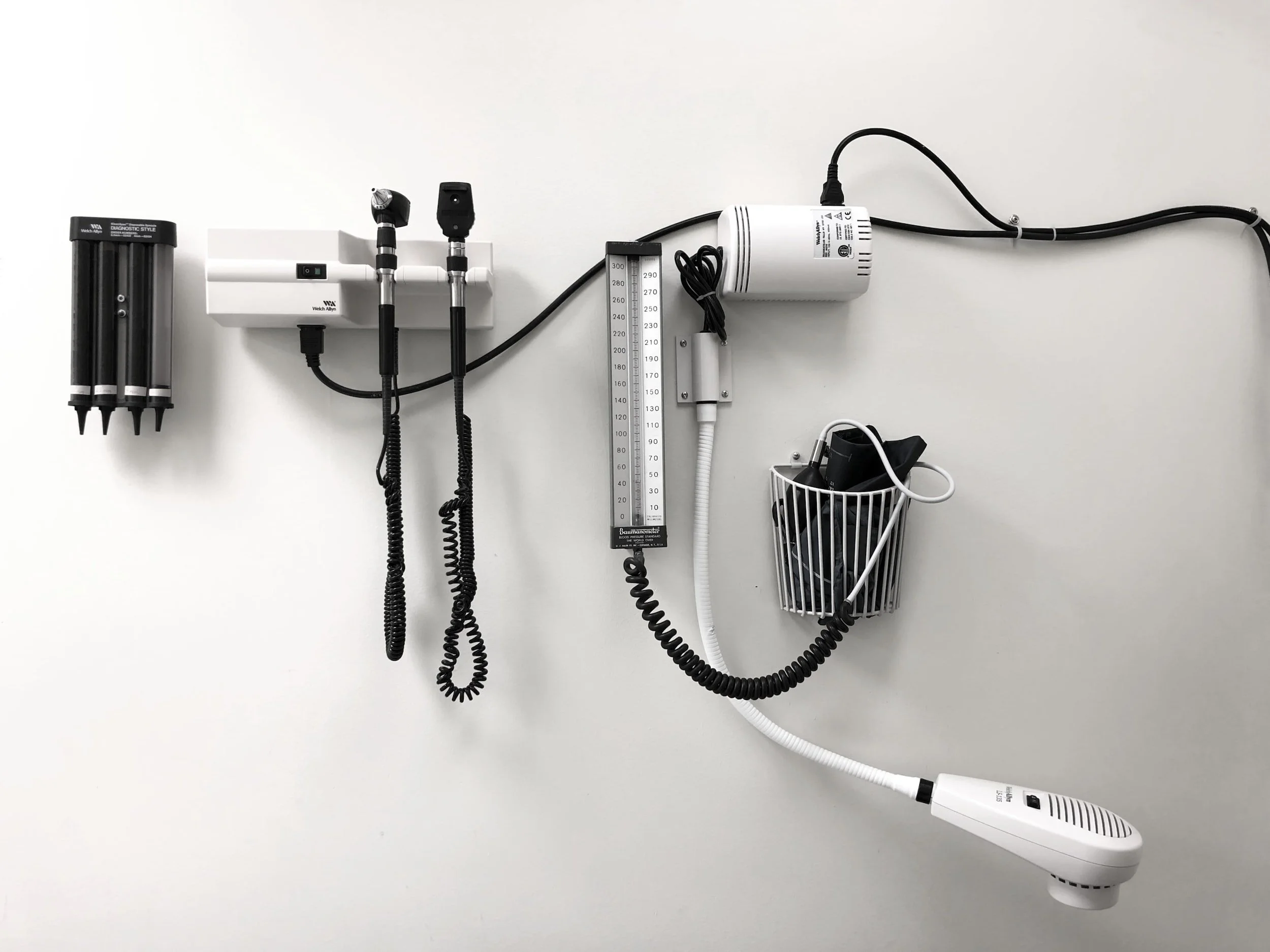What You Need to Know About Medical Product Development
One of the most challenging industries for product development is the medical industry, because the medical industry is extremely large. While this may seem like a positive thing, the sheer size of the industry and the bureaucracy that comes with something that size make it difficult to work in. Just because something is difficult doesn’t mean it’s not worth it. Medical product development is extremely important, and that is one of the reason Impulse continues to accept the challenge.
It Takes More than Product Development Knowledge
It’s one thing to know how to make a product come to life, but medical product development goes deeper than that. To work competently in medical product development, there needs to be a strong level of medical expertise guiding it through the entire process. A close relationship between the medical world and the product development company is key. Neither one could do their job without the other, and this symbiotic relationship demands collaboration. Although collaboration is demanded by the products, it is also welcomed. Contributors to both worlds gladly share information and expertise as the product development process goes on. This ensures constant innovation and activity.
Regulations and Standards
With every new product, there is a series of regulations and standards that must be met before it can be used. With medical equipment, this goes a step further. In order to get a new product in a medical setting for use on patients or studies, it must meet all industry and government-regulated safety standards. An expert team of medical professionals who know and understand these regulations and standards are the key to developing a product correctly and quickly. That team has to work with the product development team to make sure the product will get approved for use.
Designing a Product Takes Several Attempts
While all products can fail a few times before they are successfully developed, medical products have it even tougher—they have to meet government-regulated standards. Meeting every standard on the first go is unlikely, so it takes multiple prototypes to not only meet those standards, but also be able to fill the need the product was created for. It has an intended purpose, which is typically to improve upon existing ideas to make a better product, but doing so under the right standards and regulations can be difficult. This means building several designs. As an example, we worked with a major medical products company to design 12 conceptual CAD designs of inhalers for people with asthma which gave the company not only a number of options that fit both industry and government-regulated standards, but also helped the company meet a sensitive timing milestone. In this case we needed to create 12 conceptual designs, in some cases it will be more, in some cases less.
While medical product development is one of the more challenging fields, it is also one of the most rewarding. The products produced are created to help people, and all the obstacles along the way make a completed project all the more satisfying.

